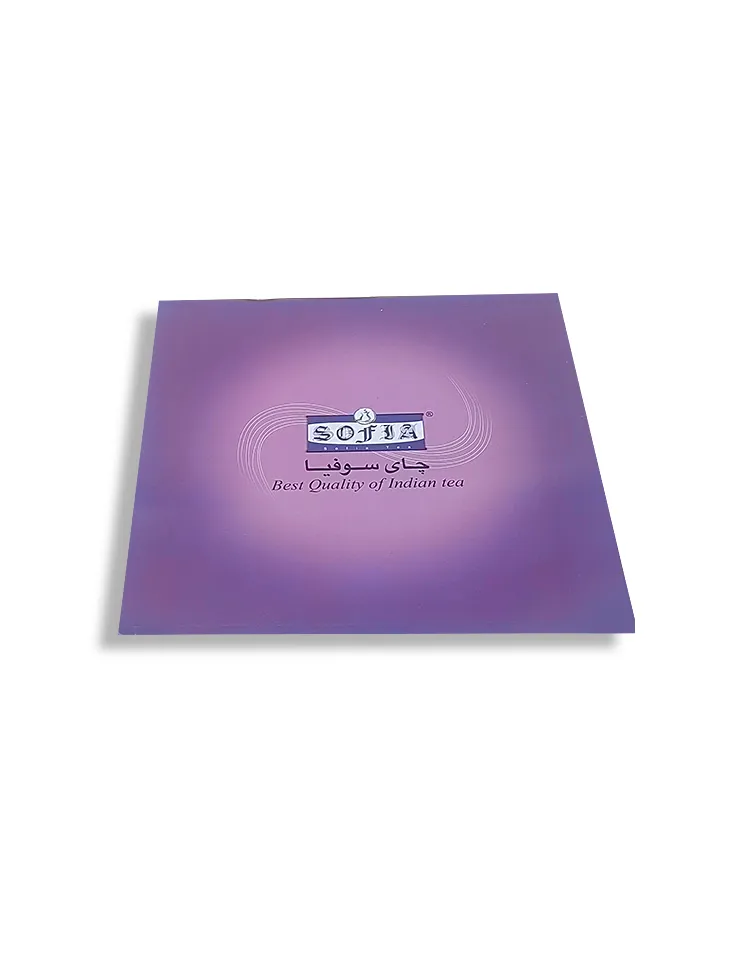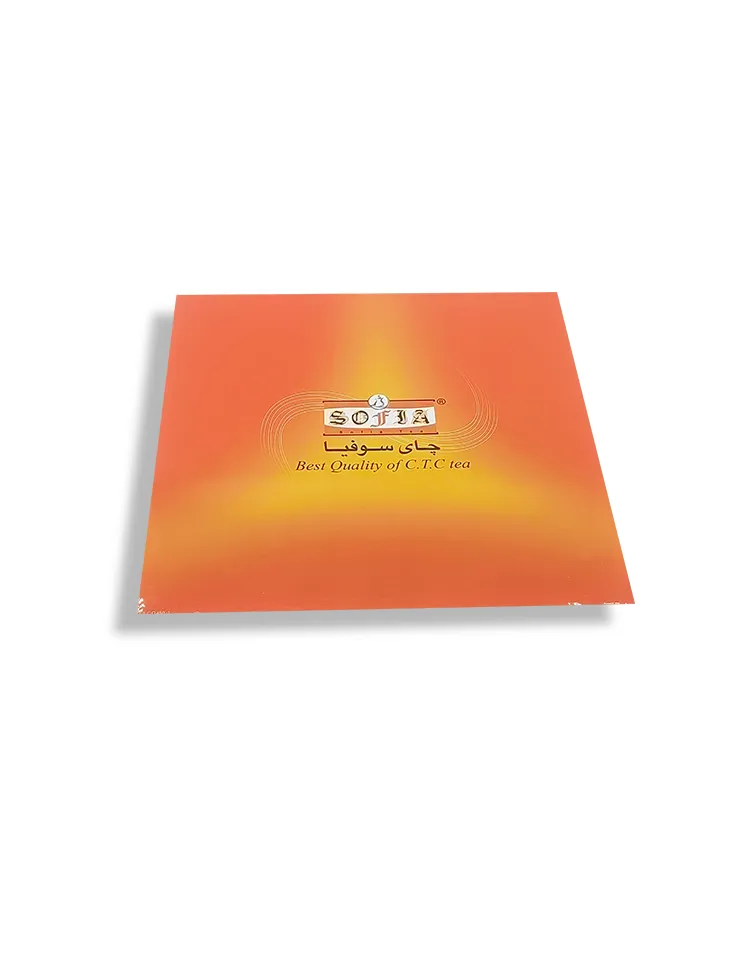In modern industry and daily life, tinplate and steel are both very important materials. They are widely used in many fields such as manufacturing, construction, packaging, etc. However, many people do not understand the difference between tinplate and steel and often confuse them.
So, are tinplate and steel the same? This article will comprehensively compare the two from the aspects of material characteristics, production process, application field, etc., to unveil their mystery.

Definition of tinplate and steel
What is tinplate?
Tinplate is a thin steel plate with tin on the surface. Its main component is low-carbon steel, and the surface is covered with a thin layer of tin. Tinplate has good corrosion resistance and beautiful appearance, and is widely used in food packaging, beverage cans, cosmetic boxes and other fields.
What is steel?
Steel is an iron-carbon alloy, mainly composed of iron and carbon, and usually contains other elements such as manganese, silicon, phosphorus, sulfur, etc. Steel can be divided into many types according to its composition and production process, such as carbon steel, stainless steel, alloy steel, etc. Steel has high strength, good ductility and durability, and is widely used in many fields such as construction, machinery manufacturing, and the automotive industry.
Production process of tinplate and steel
Production process of tinplate:
1. Rolled steel plate: The base material of tinplate sheet is a thin steel plate, which is produced by hot rolling and cold rolling processes. Hot rolling is to heat the steel billet to a high temperature before rolling, while cold rolling is to further roll the steel plate at room temperature to make it thinner and smoother.
2. Cleaning and annealing: The rolled steel plate needs to be cleaned to remove oil and scale on the surface. Subsequently, the steel plate is annealed to eliminate internal stress and improve toughness.
3. Tinning: The cleaned and annealed steel plate is tinned and covered with a thin layer of tin. The tinning process usually adopts electroplating or hot-dip plating methods. Electroplating is to deposit tin on the surface of the steel plate through an electrochemical reaction, while hot-dip plating is to immerse the steel plate in molten tin to attach a layer of tin to its surface.
4. Inspection and cutting: After tinning, the tinplate undergoes strict quality inspection to ensure that its surface is smooth, the thickness is uniform, and there are no defects. Finally, it is cut and packaged according to customer needs.
Steel production process:
1. Steelmaking: The production of steel begins with the steelmaking process, which usually uses blast furnace ironmaking and converter steelmaking. Raw materials such as iron ore, coke and limestone are smelted into molten iron in the blast furnace, and then the molten iron is converted into molten steel by blowing oxygen in the converter.
2. Casting: After the molten steel is refined by deoxidation, desulfurization and other refining treatments, it is cast into ingots or directly cast into billets.
3. Rolling: After the billet is heated, it is hot-rolled and cold-rolled to make steel of different shapes and specifications, such as steel plates, steel pipes, steel bars, etc.
4. Heat treatment: The rolled steel is heat-treated as needed, such as annealing, normalizing, quenching, tempering, etc., to adjust its mechanical properties and internal structure.
5. Surface treatment: Depending on the purpose, the surface of steel can be galvanized, painted, phosphated, etc. to improve its corrosion resistance and aesthetics.

Comparison of the characteristics of tinplate and steel
Corrosion resistance
The tin layer covering the surface of tinplate sheet has good corrosion resistance, especially in food packaging, which can effectively prevent the internal food from directly contacting the metal and avoid chemical reactions that cause food deterioration. Ordinary steel has poor corrosion resistance and usually requires surface treatment such as galvanizing and painting to improve its corrosion resistance.
Mechanical properties
Steel has excellent mechanical properties, high strength, good toughness and ductility, and can withstand large stress and deformation. It is suitable for occasions such as construction and machinery manufacturing that need to withstand heavy loads and complex stresses. Although tinplate also has a certain mechanical strength, it is mainly used in packaging and other fields where strength requirements are not high.
Processing performance
Tinplate has good processing performance and is easy to cut, stamp, weld, etc. It is suitable for manufacturing packaging containers of various complex shapes. The processing performance of steel varies due to its composition and heat treatment state, and generally requires appropriate process adjustments to meet specific processing needs.

Application areas of tinplate and steel
Application of tinplate
● Food packaging: Tinplate cans are widely used to can various foods, such as fruits, vegetables, meat, seafood, etc., with good sealing and corrosion resistance, and can preserve food for a long time.
● Beverage cans: Tinplate is used to make beverage cans, such as carbonated beverages, juices, beer, etc., to ensure the quality and taste of beverages.
● Cosmetic packaging: High-end cosmetic packaging boxes are often made of tinplate sheet, which is not only beautiful and generous, but also effectively protects the internal products.
● Chemical product packaging: Some chemical products with high anti-corrosion requirements, such as paints, solvents, etc., are also often packaged in tinplate containers.
Application of steel
● Construction engineering: Steel is widely used in the construction field. It is used in large-scale projects such as steel structure buildings, bridges, tunnels, etc., with high strength and durability.
● Mechanical manufacturing: Steel is an important material for manufacturing various mechanical equipment and parts, such as automobiles, ships, aircraft, machine tools, etc.
● Energy field: Steel is used to manufacture oil and gas pipelines, pressure vessels, boilers, etc., and can withstand high pressure and high temperature environments.
● Household appliances: Steel is also widely used in the home appliance industry, such as the outer shell and internal structural parts of refrigerators, washing machines, air conditioners, etc.
In short, although tinplate and steel have similarities in some aspects, they have significant differences in material properties, production processes and application fields. Understanding these differences will help us choose the most suitable materials in practical applications, give full play to their advantages, and meet different needs.

